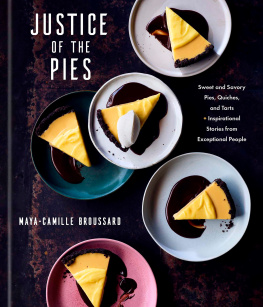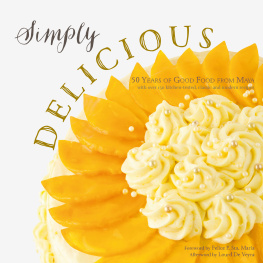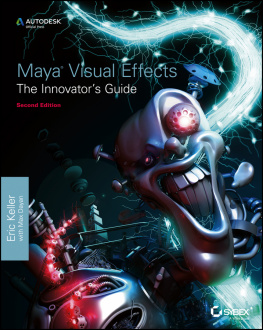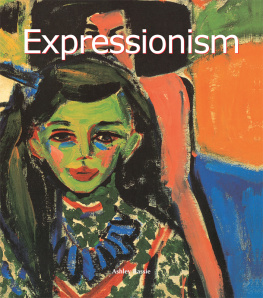2018 by University Press of Colorado
Published by University Press of Colorado
245 Century Circle, Suite 202
Louisville, Colorado 80027
All rights reserved
The University Press of Colorado is a proud member of
the Association of University Presses.
The University Press of Colorado is a cooperative publishing enterprise supported, in part, by Adams State University, Colorado State University, Fort Lewis College, Metropolitan State University of Denver, Regis University, University of Colorado, University of Northern Colorado, Utah State University, and Western State Colorado University.
ISBN: 978-1-60732-821-6 (cloth)
ISBN: 978-1-60732-741-7 (pbk)
ISBN: 978-1-60732-742-4 (ebook)
DOI: https://doi.org/10.5876/9781607327424
Library of Congress Cataloging-in-Publication Data
Names: Bassie-Sweet, Karen, 1952 author. | Hopkins, Nicholas A., author.
Title: Maya narrative arts / Karen Bassie-Sweet and Nicholas A. Hopkins.
Description: Boulder : University Press of Colorado, 2017. | Includes bibliographical references and index.
Identifiers: LCCN 2017048381| ISBN 9781607327417 (pbk.) | ISBN 9781607327424 (ebook) | ISBN 9781607328216 (cloth)
Subjects: LCSH: MayasAntiquities. | MexicoAntiquities. | Palenque (Chiapas, Mexico)Antiquities. | Narrative artMexico. | MonumentsMexicoPalenque (Chiapas) | Inscriptions, Mayan.
Classification: LCC F1435 .B37 2017 | DDC 972.81dc23
LC record available at https://lccn.loc.gov/2017048381
Cover photograph of Vessel K793 courtesy of Justin Kerr
Yaxchiln Stela 12
Genealogy chart of primary deities
Dumbarton Oaks Tablet
The deity GI
The deity GII
The deity GII
Water symbols
Vessel K771
Vessel K4681
Vessel K1892
The Waterlily Bird-Serpent
Palenque Temple XIV Tablet
Copn Bench 10K-2
Yaxchiln Stela 1
Yaxchiln Structure 44, Step III
Glyph C of the Lunar Series
Copn Bench 8N-11
Yaxchiln Lintel 1
Yaxchiln Lintel 2
Yaxchiln Lintel 3
Palenque Palace Tablet, scene
Palenque Palace Tablet, main text
Chab-akab couplet
Piedras Negras Stela 7 and Stela 8 obsidian spears
La Pasadita Lintel 2
Place name from Tres Islas Stela 1 and Stela 2
Copn Margarita Panel
Palenque Tablet of the Cross, scene
Yaxchiln Lintel 5
Vessel K5466
Vessel K2695
Vessel K1387
Dieseldorff vessel
Cham Bat vessel
Vessel K5354
Vessel K1183
Vessels K793
Vessel K791
Altar de Sacrificios vase
Quirigu Stela I
Dresden Codex Wayeb pages
Yaxchiln Lintel 8
Yaxchiln Stela 35
Palenque Temple XIX platform
Palenque Tablet of the Slaves
Palenque Temple XXI Bench
Laxtunich wall panel
Site R, Panel 3
Yaxchiln Lintel 25
Palenque Tablet of the 96 Glyphs
Palenque Temple of Inscriptions, sarcophagus lid
Dos Pilas Burial 30 vessel
Palenque sarcophagus lid, text
Palenque sarcophagus box, east side
Palenque sarcophagus box, north side
Palenque sarcophagus box, west side
Palenque sarcophagus box, south side
Vessel K6547
Palenque Temple of the Cross, alfarda inscription
Palenque Temple of the Sun, alfarda inscription
Palenque Temple of the Foliated Cross, alfarda inscription
Palenque Temple of the Foliated Cross, jamb
Palenque Tablet of the Cross, main text
Palenque Tablet of the Sun
Palenque Tablet of the Foliated Cross
Vessel K2849
Palenque Temple XVII Panel
Chichn Itz cenote pectoral
Online Sources for Supplementary Illustrations
Corpus of Maya Hieroglyphic Inscriptions (CMHI), Harvard University
https://www.peabody.harvard.edu/cmhi/
Mesoweb, Palenque Resources, Monuments and Inscriptions (photographs and drawings)
http://www.mesoweb.com/palenque/monuments/monuments.html
Justin Kerrs Maya Vase Data Base (rollout photographs of Maya vessels; search by K number)
http://research.mayavase.com/kerrmaya.html
Schele Drawing Collection, Ancient Americas at LACMA (Los Angeles County Museum of Art)
http://ancientamericas.org/collection/search
In an age in which the hoarding of data is commonplace, we celebrate the free and open access to images provided by David Schele, Inga Calvin, Justin Kerr, and Karl Herbert Mayer. We would like to express our sincere appreciation to David Schele for allowing us to reproduce drawings by the late Linda Schele in our volume. Thanks are also due to Inga Calvin who provided us with permission to reproduce her fine rollout image of the Altar de Sacrificios vessel. We are indebted to Elin Danien for supplying us with images of Mary Louise Bakers paintings of Cham vessels and to the University of Pennsylvania Museum of Archaeology and Anthropology for permission to reproduce them. We are especially grateful to Justin Kerr for supplying us with many pottery images from his peerless database of Maya vessels and for allowing us to reproduce his wonderful photographs. We also have benefited greatly from the documentation of Maya art by Karl Herbert Mayer. Just like Justin, Karl generously shares his work and insights.
Since our early studies of Classic-period narrative structure and the relationship between text and image, a number of researchers have explored these topics and significantly advanced the understanding of the field. We have benefited greatly from discussions with Michael Carrasco, Allen Christensen, Kerry Hull, Timothy Knowlton, and Alfonso Lacadena, and we have learned a great deal from their fine publications.
We would also like to thank Jessica dArbonne, Daniel Pratt, and Darrin Pratt of the University Press of Colorado for their support and editorship.










